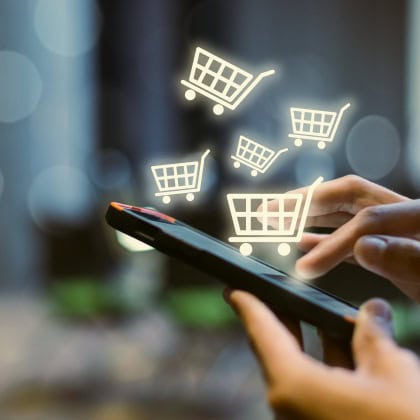Умный город - Blog - Optical modules for water meters: operating principle, installation, and advantages
18.12.2020
 5444
5444

Utility consumption tracking is a genuine concern for a good deal of water service and property management companies. Many suppliers still do water accounting manually, i.e., the readings are submitted by consumers themselves or recorded by inspectors. This impractical method is becoming a thing of the past, though. Let’s dive in and see how utility accounting can be optimized.
Manual water accounting is still a common practice nowadays: operators collect readings from consumers through call centers and then enter them into their database by hand. As an additional measure, inspectors periodically visit tenants to record meter readings personally.
However, this system is long obsolete and causes a multitude of inconveniences for suppliers:
There is a much simpler and faster way of collecting readings. Suppliers and property management companies may choose to go with a semi- or fully automated accounting system.
Semi-automated accounting
Utility suppliers are guaranteed access to metering devices: the readings are collected from external meters.
It simplifies work for inspectors, enabling them to collect readings at any time: no need to persuade tenants to let them in, leave notes asking to submit readings/a photo of the meter, or return to consumers that weren’t at home.
As a result, the supplier or property management company is guaranteed to get accurate readings within the specified time. However, they will still need inspectors.
Fully automated accounting
Devices collect readings by themselves and send them to the supplier’s software via a wireless reading collection system.
This system has additional advantages:
There are multiple ways of optimizing water accounting. However, the best method depends on the goals and financial capacity of the utility supplier and consumers. The following devices can simplify water accounting:
Meters with remote displays — water meter models that support wired connection to a remote display. The display can be installed in a staircase to enable easy access to readings for utility companies’ inspectors.
Smart meters — devices with built-in radio modules that automatically collect readings from the water meter and send them to the water services company.
Radio modules for water meters. These devices are attached to the meter to send readings over radio waves. With radio modules, regular meters can be converted into smart ones at a fraction of the cost.
Most houses are equipped with older water meter models — analog devices unable to collect and transmit data. To replace them with new smart meters, the supplier will have to:
However, you don’t have to replace your entire fleet of meters to optimize water accounting. That’s where radio modules for Novator water meters will come to the rescue. These devices grant smart functionality to older meter models.
Infomir currently produces radio modules for Novator’s ЛК-15Х and ЛК-15Г meters. The devices can be easily attached to water meters and activated within minutes.
Smart water meter covers are an optimal solution for utility and property management companies, developers, and housing cooperatives. Jooby’s solution enables the automation of data collection, provides accurate readings saving them in a piece of software, and detects fraud and leakages.
The purpose of the radio modules is to collect and transmit readings from water meters. However, built-in smart sensors enable the device to send alerts about other issues:
Radio modules are attached to the metering equipment and record readings at a preset interval. Jooby devices achieve this with optical sensors that collect readings from the water meter dial. This way, the data collected is guaranteed to be accurate.
The device stores readings (daily, weekly, monthly, yearly) in its temporary memory. Meanwhile, radio modules send the data to a base station over radio waves using LoRaWAN® technology. From there, the readings are sent to the main server via internet channels.
Radio modules are installed on water meters by the utility company’s specialist. To install and activate the device, the following needs to be done:
Once installed, the module is firmly attached to the water meter and will be difficult to remove or shift accidentally. If the consumer attempts to remove the device, an alert will be sent to the admin panel. The supplier will also be alerted about any magnetic tampering and attempts to reverse the flow.
After activation, the radio module will send meter reading data at the default interval of 4 hours. The supplier can change the interval from the Jooby RDC Dashboard: it can be as short as one hour or as long as one day.
Infomir uses an HP Jet Fusion 5210 3D printing line — the only one in Europe. The company, therefore, has in-house capacities to develop and produce bodies for its wireless modules for water meters.
Radio modules are a simple and affordable solution for the optimization of utility accounting. They are easy to install and require no servicing. The sensors regularly transmit accurate readings and alerts about leaks, flow reversal, low battery, and attempted tampering. The integration of radio modules doesn’t require the replacement of the entire fleet of meters and costs much less.
Stay on top of the latest industry news
Thank you, we have received your message. Our manager will contact you shortly.

Our experts are always happy to help and promptly answer your questions. Please fill out the form to discuss your project and develop a tailored action plan.
Thank you, we have received your message. Our manager will contact you shortly.
Thank you, we have accepted your request. In the near future the responsible manager will contact you and clarify the details of the order.
Our experts are always happy to help and promptly answer your questions. Please fill out the form to discuss your project and develop a tailored action plan.
Thank you, we have received your message. Our manager will contact you shortly.